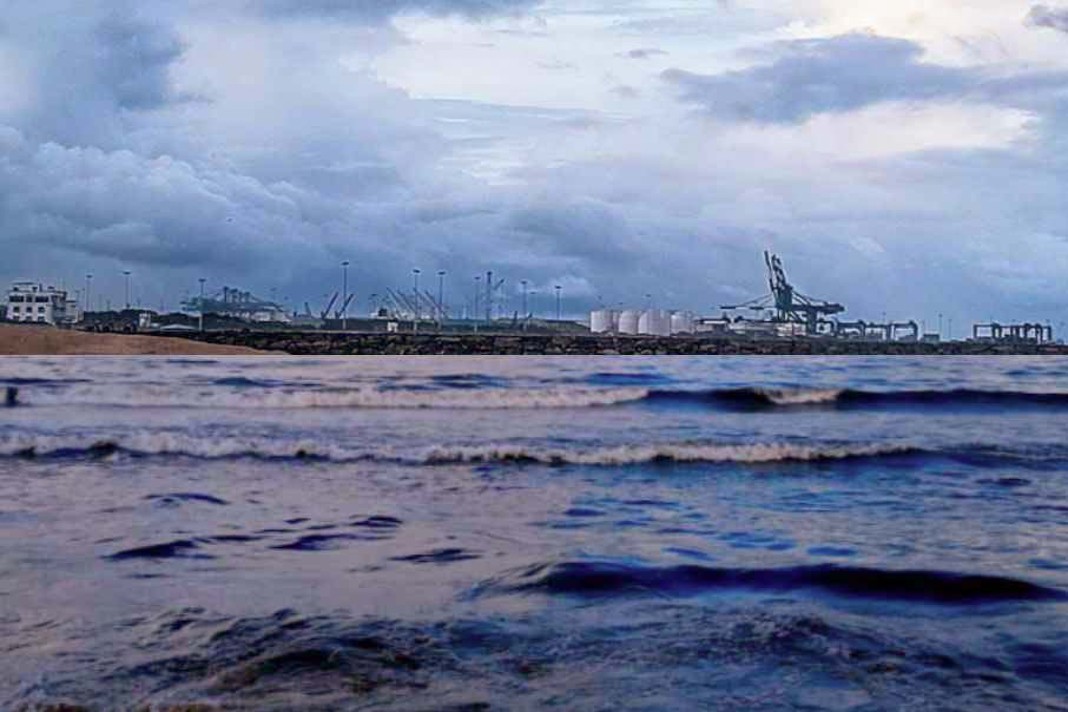A recent draft proposal issued by India’s downstream regulator Petroleum and Natural Gas Regulatory Board (PNGRB) that outlines steps for heightened regulatory control over the country’s LNG terminals, will likely address the problem of capacity underutilization at the majority of the country’s LNG import facilities and usher more transparency, sources said.
Enhanced Transparency
Another source echoed the same view and added the move will enable new suppliers to access the terminals.
“Most LNG terminals, except Dahej, are operating way below 50% capacity, leading PNGRB to consider regulating them due to underutilization,” Akshay Modi, South Asia analyst for natural gas, LNG, and hydrogen at S&P Global Commodity Insights said.
“While the regulation may slow down the development of LNG regasification infrastructure as licensing may take some time, it will enhance transparency for the downstream consumers as terminal information becomes publicly available and would also promote open access,” Modi said.
Sources also noted that the potential implementation of increased regulations was not likely to dwindle India’s LNG import reliance as demand was set to stay firm.
Proposed Regulatory Control
Any entity planning to build an LNG terminal will have to inform PNGRB before the final investment decision, according to the PNGRB document, which also lays down a requirement for a certificate of registration from the Board for each new LNG import project.
LNG project developers will be required to publicly disclose their tariffs for regasification and other charges, it said.
For approving new units or an expansion, the regulator’s approval will hinge on factors such as promoting competition among operators, avoiding infructuous investment, ensuring adequate national gas supply, maintaining or increasing supplies for securing equitable distribution, protecting customer interests and providing for the requisite natural gas pipeline infrastructure for evacuation of regasified LNG from the proposed LNG terminal.
The Board will also be able to impose fines on terminal developers if they delay the project schedule or start-up date, it said.
Meanwhile, among other measures, it noted that companies planning new capacity should have a credible business plan for capacity utilization and companies building the terminal need to furnish a bank guarantee equal to 1% of the estimated project cost of the terminal or Indian Rupee 250 million ($3 million), whichever is less.
Did you subscribe to our daily Newsletter?
It’s Free! Click here to Subscribe
Source: SPGlobal
















